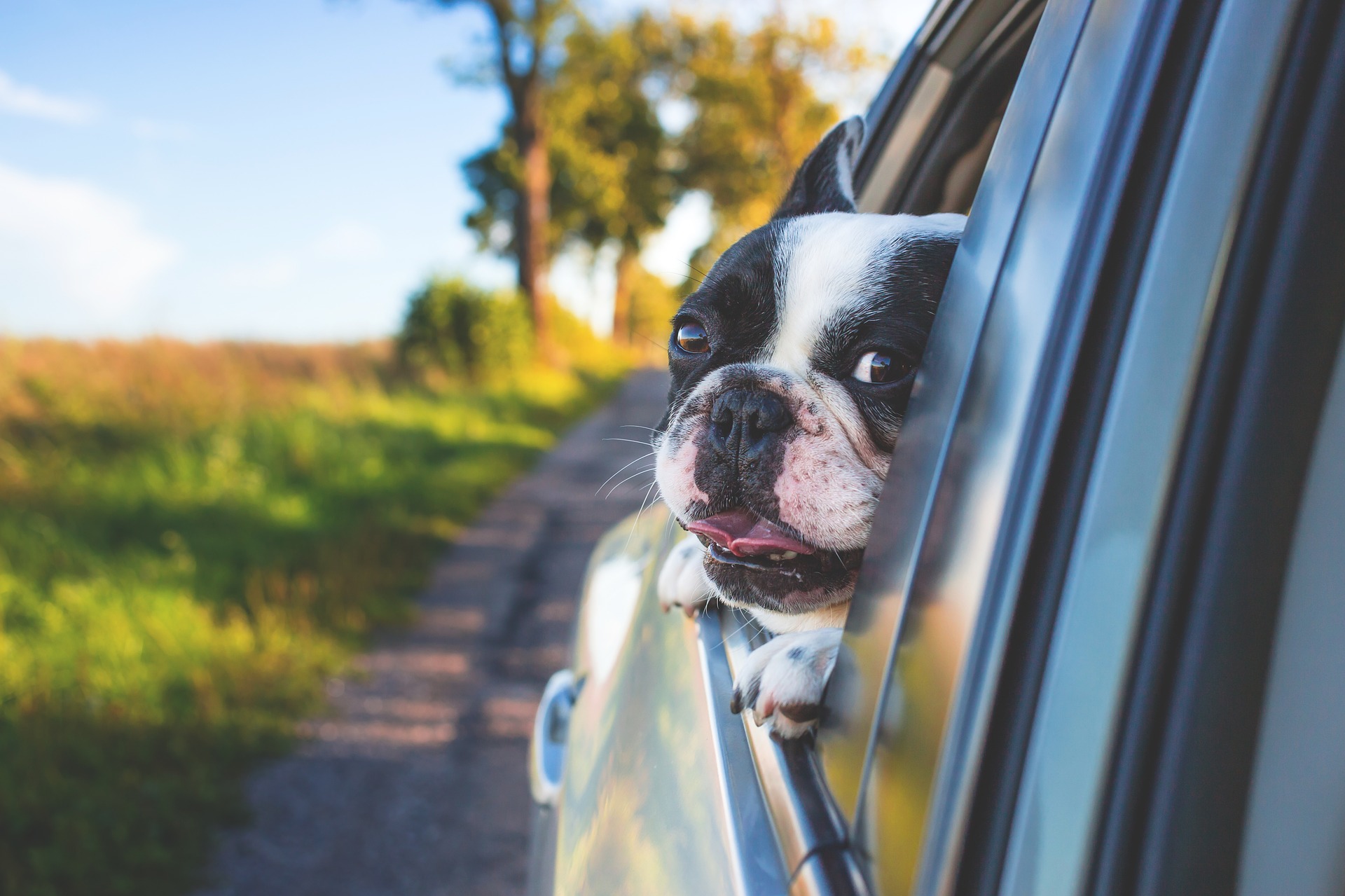Moving House with Your Pets
Moving to a new house is a stressful and busy time for everyone in the family and this includes your beloved pets as well. Often the moving process can be very stressful for our pets because they will have become very familiar with their home environment which they consider to be their “territory”.
They know the surrounds of their house and yard and are familiar with surrounding pets and neighbouring yards and when dogs and cats are moved away from their territory, they can become anxious as they need to become familiar with their new home and settle into their new environment.
The stress and anxiety problems that can occur are behavioural but may show as physical signs of stress. For example, with your dog the signs may include escaping, panicked behaviour, excessive barking, hiding or destructive behaviours. With cats their signs may be more subtle and could include excessive grooming or fur pulling.
Here are some tips from a vet to prepare your pet for moving day:
Preparing your pet should start before moving day.
If it’s possible, take your dog to visit the new property beforehand. Give them a treat or meal which may help ease some anxiety and familiarise them with the new place. Make sure the fence is secure and that there is some shelter for them if you leave them alone.
You should speak to your vet about therapies and medications that may assist your pet, particularly if the are already prone to or suffer from anxiety.
You should definitely update ID tags and microchip details BEFORE moving. It’s also a good idea to try and find a new vet clinic if you need to before you go so that it’s easier to get help if you need it.
To avoid the risk of your pet escaping or feeling anxious on moving day try to have them looked after at another location so they are not in the way of movers or have a chance to escape as furniture is moved.
Once you’re in the new place try to get your pet settled into it’s usual routine as soon as possible. Try to keep meal and walk times similar to before and spend as much time with them as you can so they feel reassured you will not leave them in an unfamiliar space.
Where possible try not to leave your dog alone in the new house for a couple of days and after that try and only do short trips away from the house to start with and allow about a week for them to adjust. Again, it is recommended to see a vet for help if there are any adjustment problems.
It is best to keep your cat confined to the house for at least three weeks to get them used to their new home. Make it possible for them to look out and observe their surrounds both day and night. After the period of confinement, if they are a cat who does go outside, let them out for short periods. Don’t feed them before they go out so they will be more easily enticed back inside with the offer of food.
If your cat is an outside cat, then moving house is actually a great time to transition them to being a permanent inside cat if you wish. The change in the environment seems to make it easier for them to adjust. There are lots of good reasons to keep your cat inside so it may be worth some thought.
It’s sometimes hard to know what our pets do when we’re not around so it’s a good idea to speak with your neighbours and ask them to let you know if your dog is barking or causing any disturbance while you’re out. This also allows you to get to know your neighbours and foster some goodwill in case your dog is causing a problem.
Moving with pets isn’t a simple task. It requires a considerable amount of effort and patience, but we all love our fur babies so its worth the time to make sure they are happy and settled. We hope these tips will help.
PETER FISHER PET GALLERY
While we’re on the topic of pets, we wanted to share some of our much loved and probably very spoiled pets with you all:

Honey – Rottweiler

Sitch – Toy Poodle

Bob the Bitsa

Gemma – Miniature Schnauzer

Ellie – Bull Mastiff

Jake’s Poddy Lamb – sporting the latest in tree bark accessories

Maggie the Sausage Dog

Getting cosy – Max (Kelpie) & Obie (Irish Wolfhound)

Bear The Bulldog

Jock the Kelpie/Stunt Dog

Barney – Miniature Schnauzer (albino) – all rugged up

Alice – Abyssinian Cross also a safety first kind of cat

Spot – Mini Fox Terrier – feeling Christmassy

The very fast farm dog …



